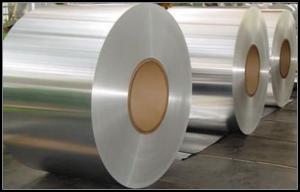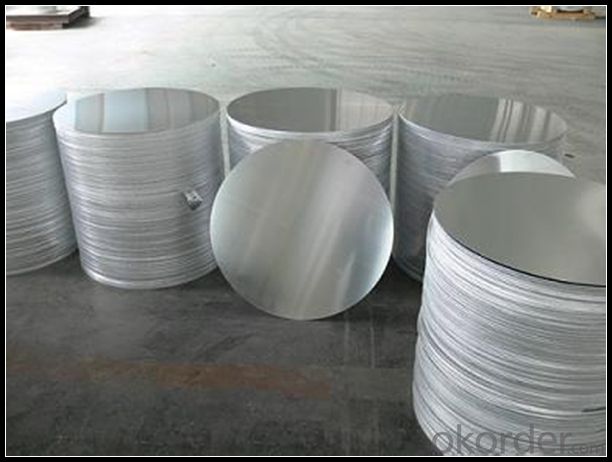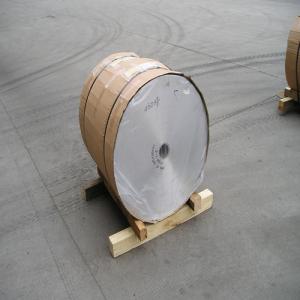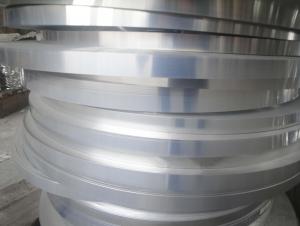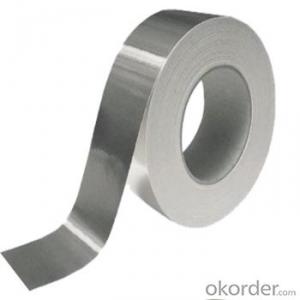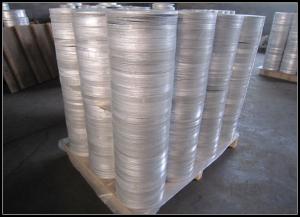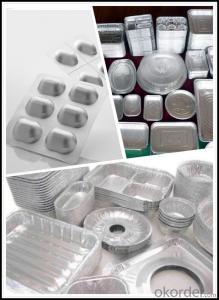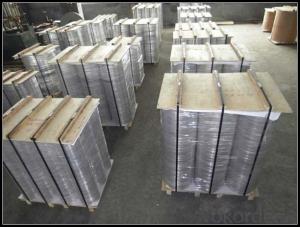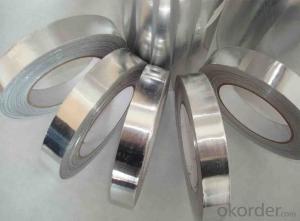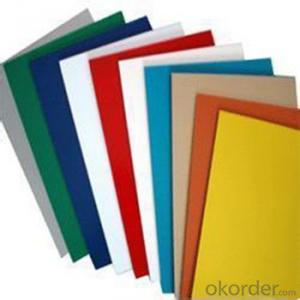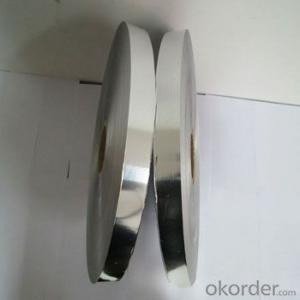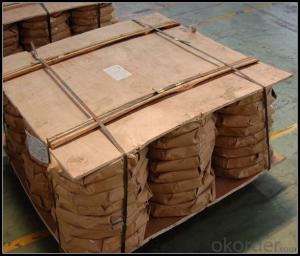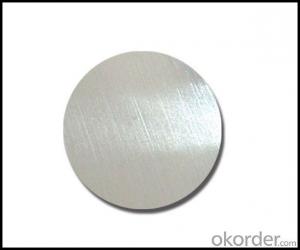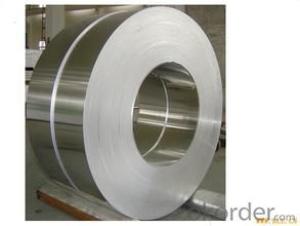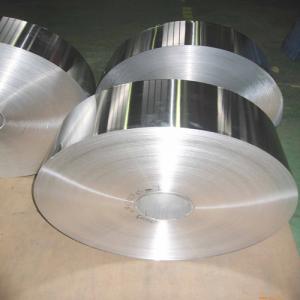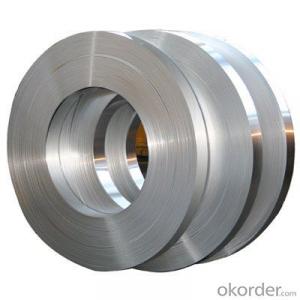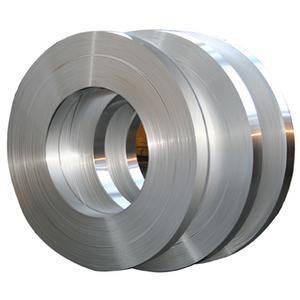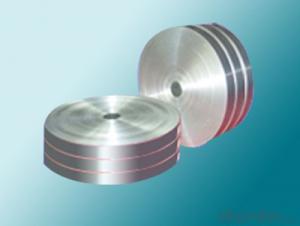Color Coated Aluminum Flooring Transition Strips Rolls/Coils/Sheets/Strips
- Loading Port:
- Tianjin
- Payment Terms:
- TT OR LC
- Min Order Qty:
- 1 m.t.
- Supply Capability:
- 4999 m.t./month
OKorder Service Pledge
OKorder Financial Service
You Might Also Like
Specification
1. Specification of Aluminum
1) Alloy | 1050, 1060,1100, 3003 3004 3105 3005 5005 5052 etc |
2) Temper | O/H12/H14/H1/H18/H32/H34/H36/H38//H111/H112/H116/H321/T6/T651/T3/T351 etc |
3) Thickness | 0.1mm to 6mm |
4) Width | 20mm to 3300mm |
5) Coil weight | 100kgs to 6 tons depends on actual requirement |
6) Core material | Aluminum alloy |
7) Coil Inner diameter | 76mm, 152mm,or as required |
2. Application of Aluminum
(1).Alumina
(2).Sulfates
(3).Niche compounds..
3. Feature of Aluminum
Aluminium is a non-magnetic (actually paramagnetic) material. To avoid interference of magnetic fields aluminium is often used in magnet X-ray devices.
4. Certificate:
SGS and ROHS(if client request, paid by client), MTC(plant provided), Certificate of Origin(FORM A, FORM E, CO), Bureau Veritas and SGS (if client request, paid by client), CIQS certificate
5. Image of Aluminum

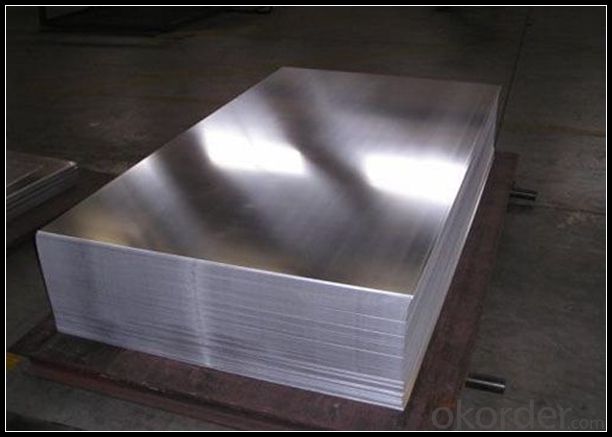
6. Our Service
1. Reply your enquiry in 24 working hours. |
2. OEM, buyer design, buyer label services provided. |
3. Exclusive and unique solution can be provide to our customer by our well traned and professional engineers and staffs. |
4. We can provide free sample for your check |
5. We have the certification of ISO 9001 |
6. Timely delivery |
7. Special discount and protection of sales area provided to our distributor. |
8. Good after-sale service. |
7. FAQ
Q: What is the produce prase? | ||||
A: Normally it would be 40days after received your deposit. | ||||
Q: Can you provide free samples? | ||||
A: Yes, free samples will be sent to you on freight at destination. | ||||
Q: Can I get your latest catalogue? | ||||
A: Yes, it will be sent to you in no time. | ||||
Q: What is the MOQ? | ||||
A: 3 tons | ||||
Q: What are your payment terms? | ||||
A: We accept L/C, D/A, D/P, T/T, West Union,etc. |
- Q: Is it possible to utilize aluminum strips for constructing outdoor decking or railings?
- <p>Yes, aluminum strips can be used for outdoor decking or railings. They are known for their corrosion resistance, low maintenance, and durability, making them suitable for outdoor applications. Aluminum is lightweight, strong, and can withstand various weather conditions without rusting. However, it's essential to ensure that the aluminum is of high quality and properly treated to maintain its performance over time. Additionally, it's crucial to follow proper installation practices to ensure safety and longevity.</p>
- Q: Is it possible to use aluminum strips for the purpose of covering the interior walls of a building?
- <p>Yes, aluminum strips can be used for interior wall cladding. They are known for their durability, low maintenance, and resistance to moisture and corrosion, making them suitable for various interior applications. Aluminum strips are lightweight, easy to install, and can be used in both residential and commercial settings. They come in various finishes and colors, allowing for customization to match the desired aesthetic. However, it's important to ensure proper installation and adherence to building codes and safety standards.</p>
- Q: This question asks for a comparison between aluminum strips and other common roofing materials, highlighting their distinct characteristics.
- <p>Aluminum strips are lightweight, corrosion-resistant, and have a long lifespan, making them ideal for roofing applications. They are also recyclable and can be easily bent and shaped. In contrast, other roofing materials like asphalt shingles are more affordable but have a shorter lifespan and are less eco-friendly. Metal roofing, similar to aluminum, is durable but can be heavier and more expensive. Clay and concrete tiles offer a traditional aesthetic but are heavy, require more maintenance, and are prone to breakage. Wood shakes and shingles are renewable but are less fire-resistant and have a shorter lifespan compared to aluminum.</p>
- Q: Are aluminum strips suitable for manufacturing automotive components?
- <p>Yes, aluminum strips are commonly used for automotive parts due to their lightweight, high strength, and corrosion resistance. They are utilized in various components such as engine parts, body panels, and suspension systems to reduce weight and improve fuel efficiency. Additionally, aluminum's recyclability makes it an environmentally friendly choice for the automotive industry.</p>
- Q: How to use batteries, magnets, cans of aluminum belt to make a rotating aluminum belt device, please explain
- Attract aluminum cans with magnets to make them turn It seems impossible, and we know that magnets can only attract iron, cobalt, nickel and their alloys, and will not attract aluminum products. But the device we built below successfully realized this impossible function.
- Q: Is it possible to utilize aluminum strips for constructing a decorative railing system for residential or commercial purposes?
- <p>Yes, you can use aluminum strips to create a decorative railing system for your home or business. Aluminum is a popular choice due to its durability, low maintenance, and resistance to rust and corrosion. It can be easily shaped and painted to match the aesthetic of your property. Ensure that the railing meets local building codes and safety standards, and consider consulting with a professional to design and install the system for optimal safety and appearance.</p>
- Q: Can metal roofing materials be reused or recycled after they have been installed and used?
- <p>Yes, metal roofing materials can indeed be recycled after installation. Metal is one of the most recycled materials globally, and its recycling process is both efficient and environmentally friendly. When metal roofing reaches the end of its life, it can be collected, processed, and turned into new metal products, including new roofing materials. This recycling process helps conserve natural resources and reduces waste in landfills. The high recycled content of metal can also contribute to the sustainability and green credentials of construction projects.</p>
- Q: This question asks for a comparison of the pros and cons of using aluminum strips as a material for exterior cladding on buildings.
- <p>Aluminum strips for exterior cladding offer several advantages, including their lightweight nature, which reduces structural load. They are also resistant to corrosion, making them suitable for various climates and weather conditions. The ease of installation and maintenance is another benefit, as aluminum is less prone to damage and requires minimal upkeep. Additionally, aluminum strips can be easily recycled, contributing to sustainability efforts. However, there are disadvantages such as the potential for thermal expansion, which can lead to buckling or distortion over time. Aluminum may also dent or scratch more easily than some other materials, and it can conduct heat and cold, potentially leading to energy inefficiency. Lastly, while it is cost-effective in the long run, the initial installation cost can be higher compared to some traditional materials.</p>
- Q: This question asks about the ease of installation for aluminum strips.
- <p>Aluminum strips are generally easy to install. They are lightweight and can be cut to size with basic tools. Installation usually involves peeling off a protective backing and adhering the strip to a clean, dry surface. For best results, it's important to ensure the surface is free of dust and grease. Some types of aluminum strips may require additional fasteners or adhesive for a secure fit, but overall, the process is straightforward and can be done by most DIYers with a little patience and attention to detail.</p>
- Q: This question asks about the specific uses of aluminum strips in the automotive industry.
- <p>Aluminum strips are widely used in the automotive industry due to their lightweight and corrosion-resistant properties. They are commonly used in the manufacturing of car bodies, particularly in the doors, hoods, and trunk lids, to reduce weight and improve fuel efficiency. Additionally, aluminum strips are utilized in the production of heat exchangers, radiators, and other cooling systems. They are also found in electrical wiring and connectors due to their excellent conductivity. Furthermore, aluminum strips are employed in the construction of wheels and suspension components, enhancing vehicle performance and durability.</p>
Send your message to us
Color Coated Aluminum Flooring Transition Strips Rolls/Coils/Sheets/Strips
- Loading Port:
- Tianjin
- Payment Terms:
- TT OR LC
- Min Order Qty:
- 1 m.t.
- Supply Capability:
- 4999 m.t./month
OKorder Service Pledge
OKorder Financial Service
Similar products
Hot products
Hot Searches
Related keywords
